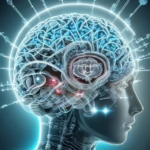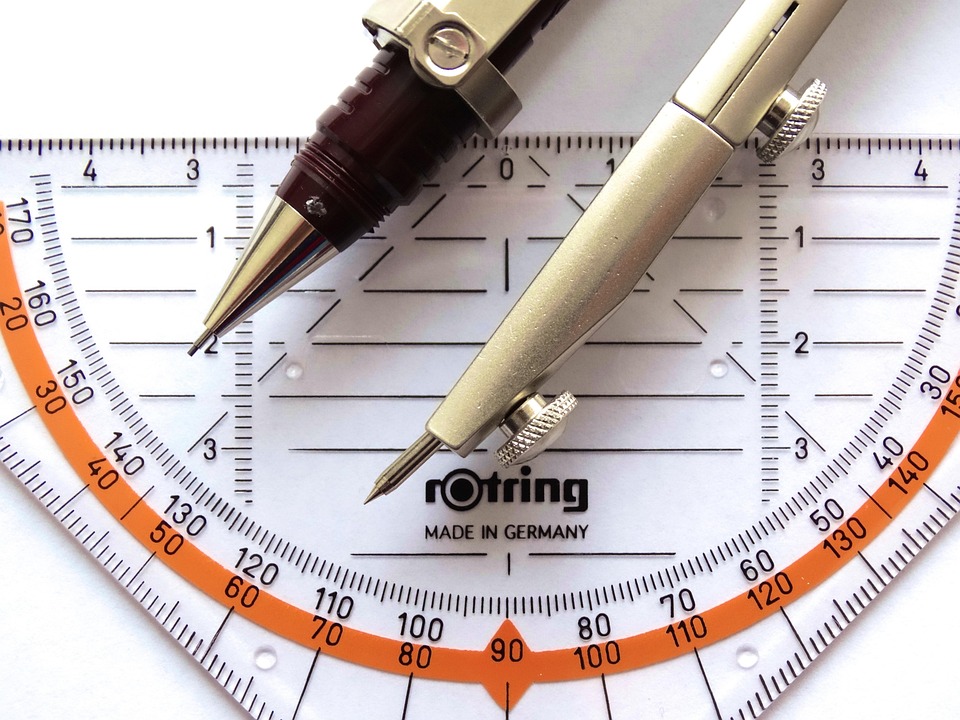From Arithmetic to Algebra: The Evolution of Mathematical Concepts Through the Ages
Mathematics has been a fundamental pillar of human civilization, evolving from basic counting systems to complex algebraic structures. This evolution reflects not only the growing sophistication of human thought but also the practical needs of societies throughout history. In exploring the journey from arithmetic to algebra, we uncover the intricate tapestry of ideas, cultures, and discoveries that shaped the mathematical world we know today.
The Dawn of Arithmetic
The origins of arithmetic can be traced back to ancient civilizations, where the need for counting and measuring arose out of practical necessities such as trade, agriculture, and astronomy. Early humans developed rudimentary number systems, using fingers, stones, or simple tally marks to represent quantities. The Sumerians, around 4000 BCE, created one of the first known number systems based on base 60, which laid the groundwork for mathematics in the ancient world.
The Egyptians, around 3000 BCE, utilized a decimal system for trade and building, as evidenced by their remarkable architectural feats like the pyramids. Their numeral system, while not positional, allowed for the addition and subtraction of numbers, which were essential for their economic and agricultural practices.
The Birth of Algebra
As societies evolved, so did mathematical concepts. The transition from arithmetic to algebra began with the Babylonian civilization, around 2000 BCE. They employed a base 60 (sexagesimal) numeral system, which allowed for the recording of algebraic problems in a systematic way. Babylonian mathematicians formulated equations, although they expressed them purely in terms of geometric problems—equating areas and volumes rather than abstract symbols as we know today.
The term "algebra" itself derives from the Arabic word "al-jabr," which means "the reunion of broken parts." This was popularized by the Persian mathematician Muhammad ibn Musa al-Khwarizmi in the 9th century, particularly in his seminal work "Al-Kitab al-Mukhtasar fi Hisab al-Jabr wal-Muqabala." Al-Khwarizmi’s contributions signaled a significant shift: he introduced the systematic solving of linear and quadratic equations, employing an algorithmic approach that would influence countless generations.
The Classical Era and The Spread of Ideas
Following al-Khwarizmi, the Golden Age of Islam saw a flourishing of mathematical thought. Scholars like Al-Khayyam and Al-Fazzari expanded upon quadratic equations, while the Hindu-Arabic numeral system began to spread through Europe, replacing the cumbersome Roman numeral system. This numerical innovation simplified calculations and laid a crucial foundation for algebraic expressions.
In medieval Europe, the translation movements played a pivotal role in the maturation of algebra. The works of Islamic mathematicians were translated into Latin, making them accessible to European scholars. Figures such as Fibonacci, through his textbook "Liber Abaci" in 1202, introduced the Hindu-Arabic numeral system and the concept of zero, revolutionizing European arithmetic and paving the way for more complex algebraic thought.
From Renaissance to Modern Algebra
The Renaissance brought about a dramatic shift in mathematical thinking, as intellectuals began to emphasize logic and the empirical world. The advent of symbolic notation in the 16th and 17th centuries marked a significant leap forward. Mathematicians like René Descartes and Gottfried Wilhelm Leibniz introduced algebraic notations and coordinates, transforming the landscape of mathematics.
The establishment of algebra as a distinct branch accelerated due to the work of later mathematicians such as François Viète, who developed techniques for solving polynomial equations, and Isaac Newton and Gottfried Leibniz, who formalized calculus—further intertwining algebra with geometry and analysis.
By the 19th century, algebra had become highly abstract. Mathematicians such as Georg Cantor and Évariste Galois explored structures like groups and fields, leading to modern algebra’s abstract frameworks. The expansion of algebra into linear algebra, abstract algebra, and beyond demonstrated the breadth of its applications and theoretical underpinnings.
The Digital Age and Beyond
Today, mathematics is more interconnected than ever, with algebra serving as a cornerstone for various fields such as computer science, engineering, physics, and economics. The development of algorithms and computational techniques has allowed for solving complex algebraic problems that were once considered insurmountable.
Moreover, the introduction of symbolic computation software has made algebraic manipulations more accessible, democratizing mathematics for students and professionals alike. As emerging technologies like artificial intelligence and machine learning leverage algebraic principles, the evolution of this discipline continues unabated.
Conclusion
The journey from arithmetic to algebra embodies humanity’s quest for understanding and problem-solving. Each era has contributed unique insights and methodologies that reflect the cultural and practical imperatives of the time. As we move further into the 21st century, the legacy of this mathematical evolution informs not only academic inquiries but also everyday applications, highlighting the ever-relevant nature of mathematics in our lives. The transformation from simple counting to complex abstractions is a testament to human creativity, persistence, and the relentless pursuit of knowledge.
For further reading and resources on the evolution of these mathematical concepts, please explore the following link: [modern_footnote_source_link].


























Add Comment